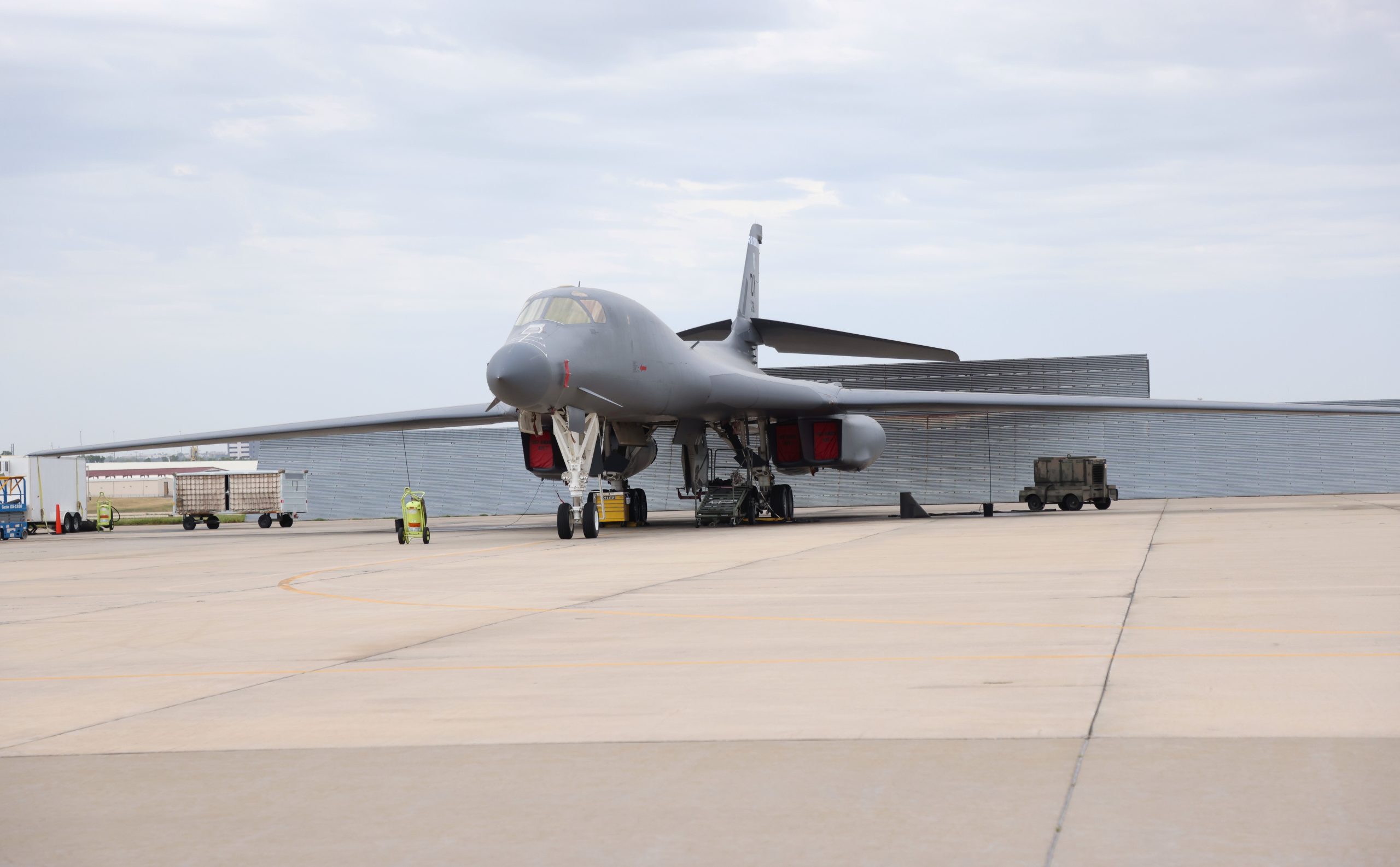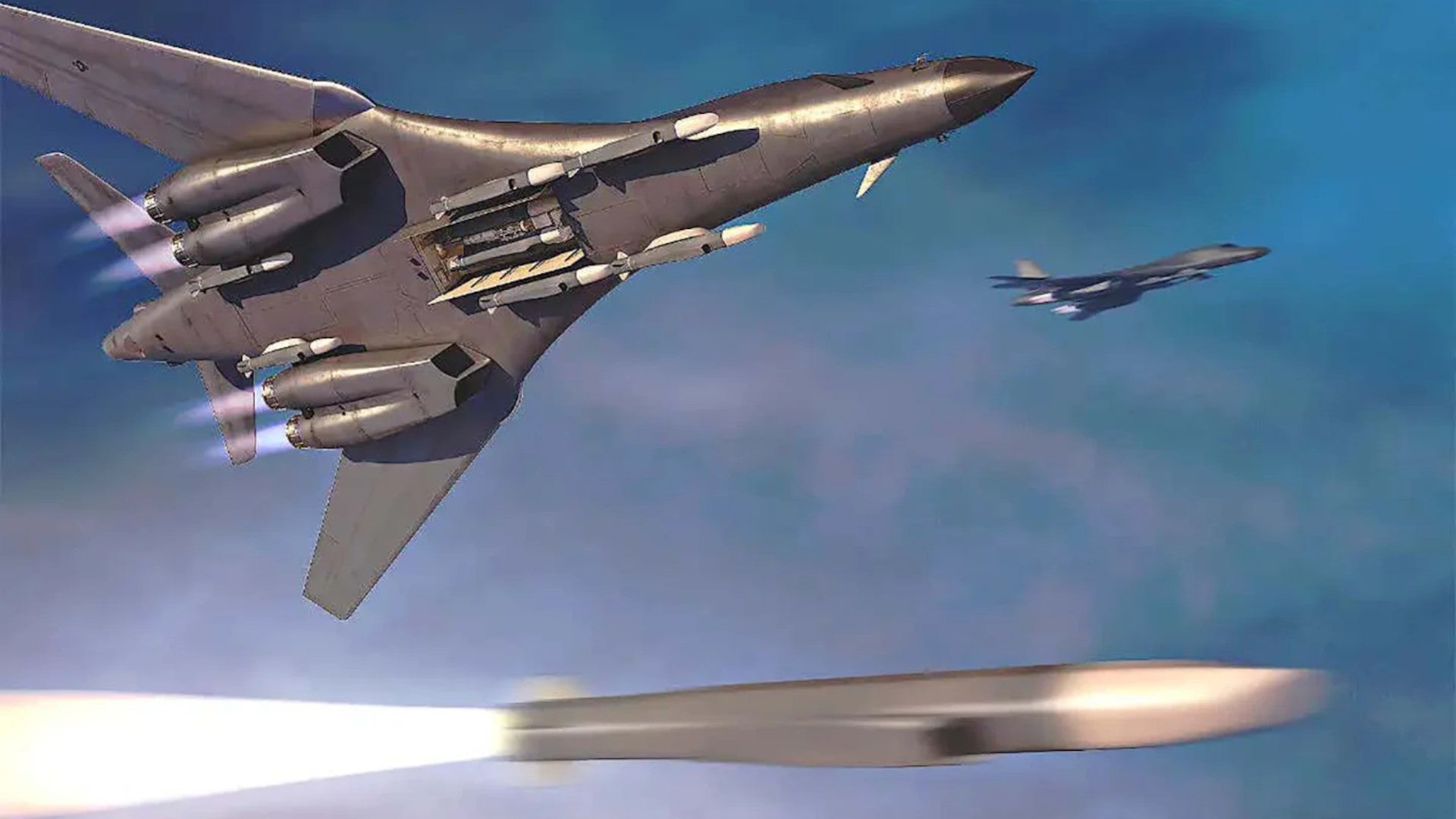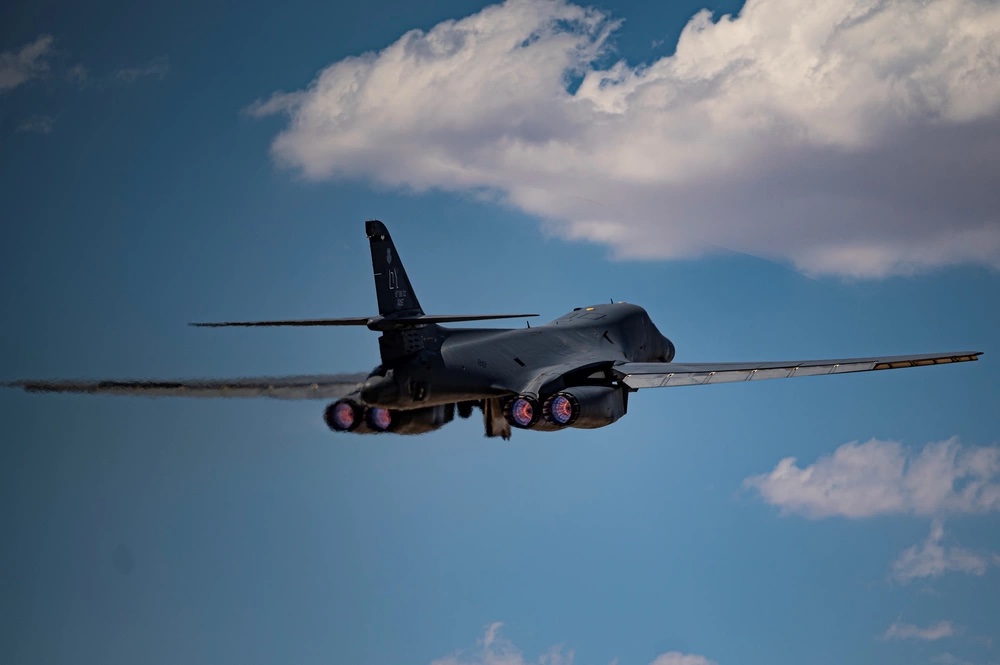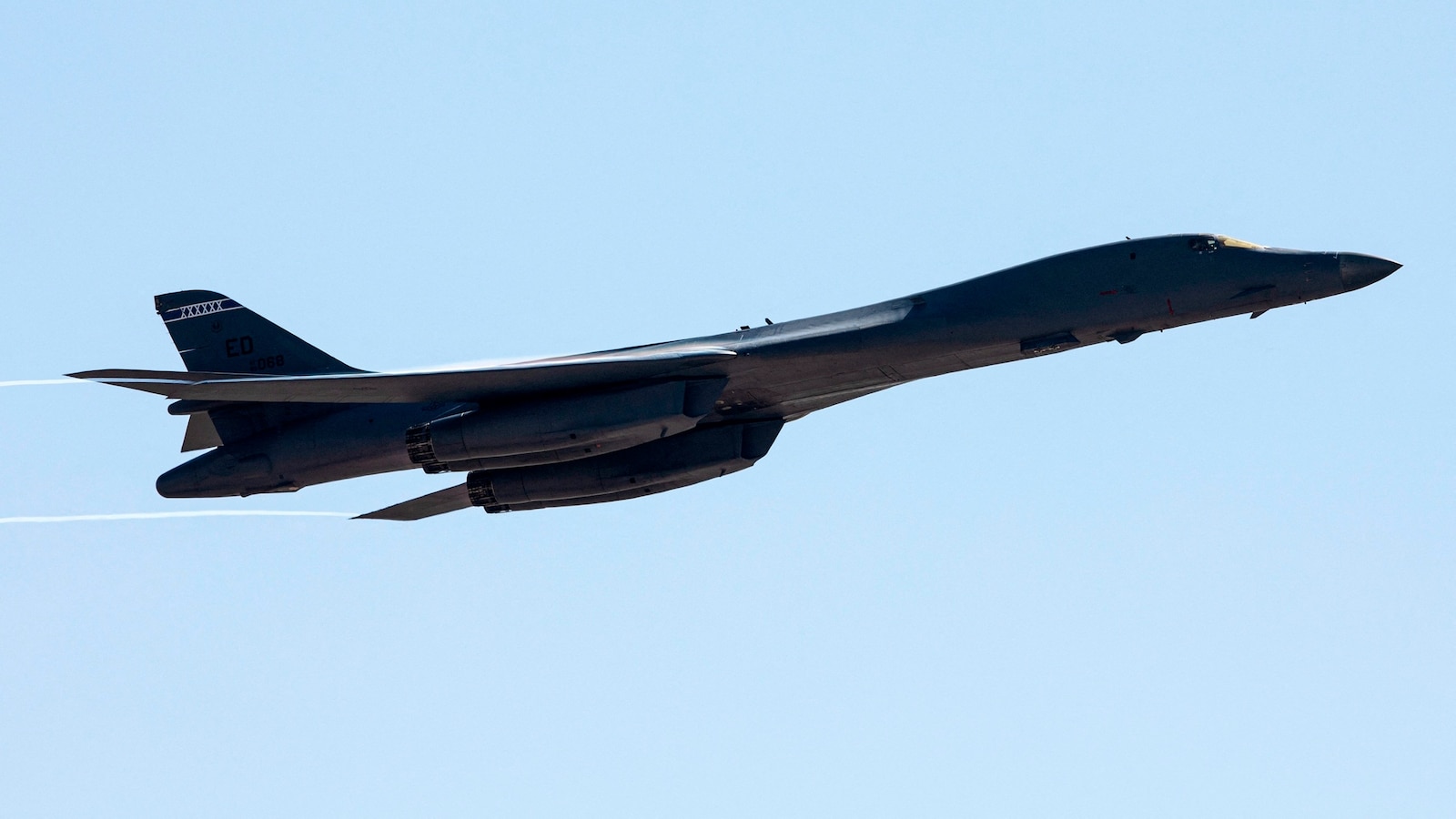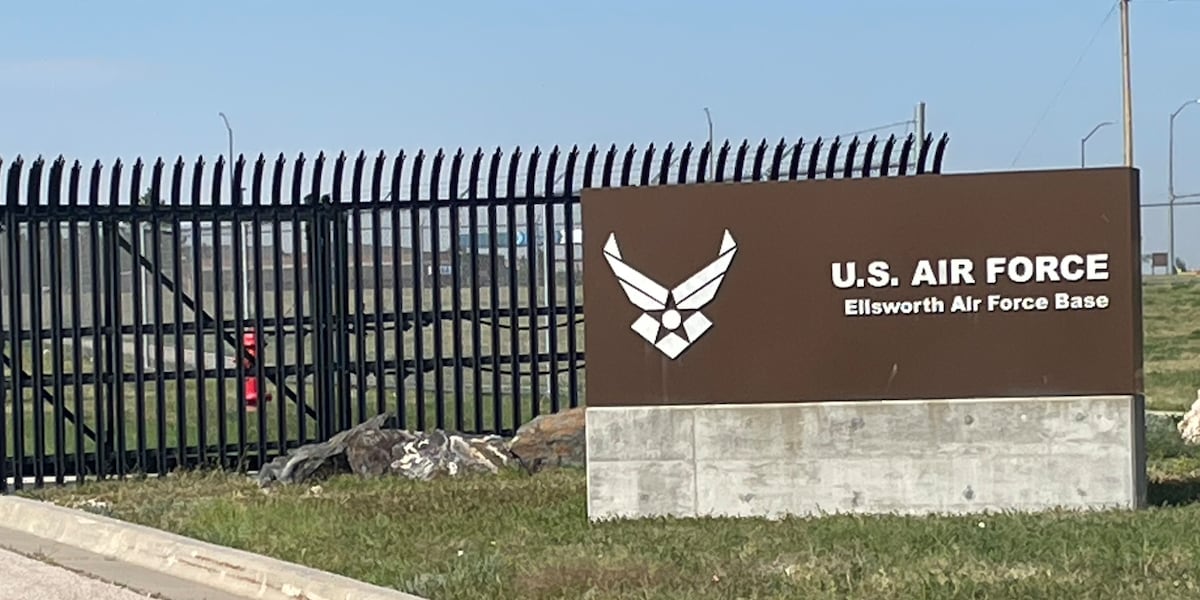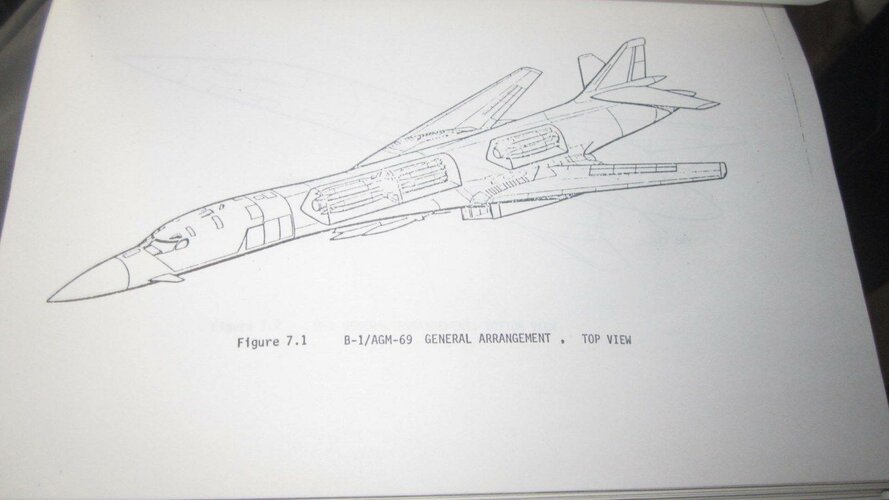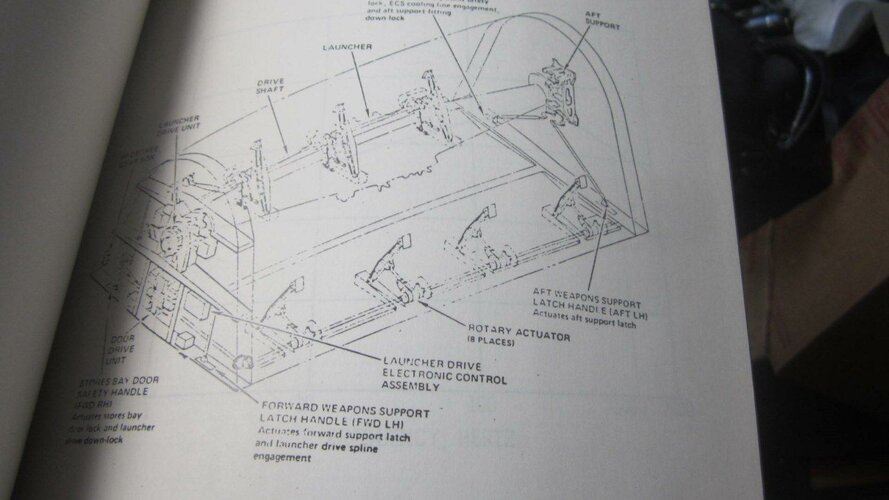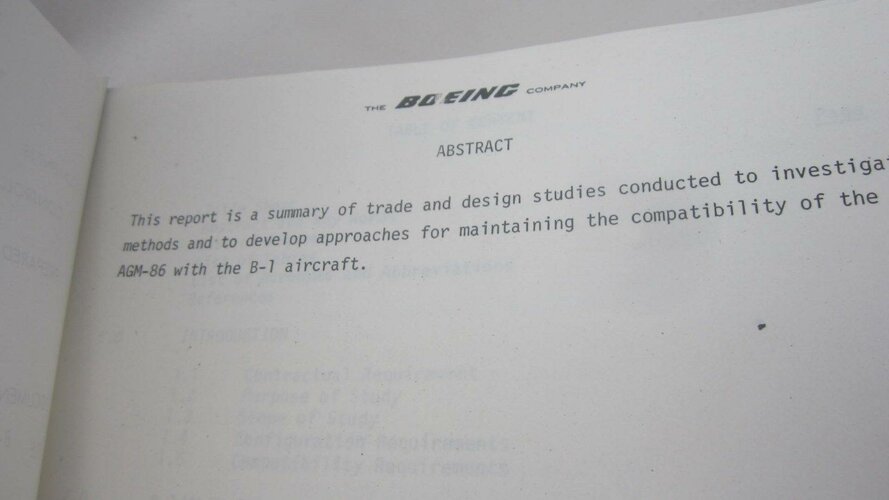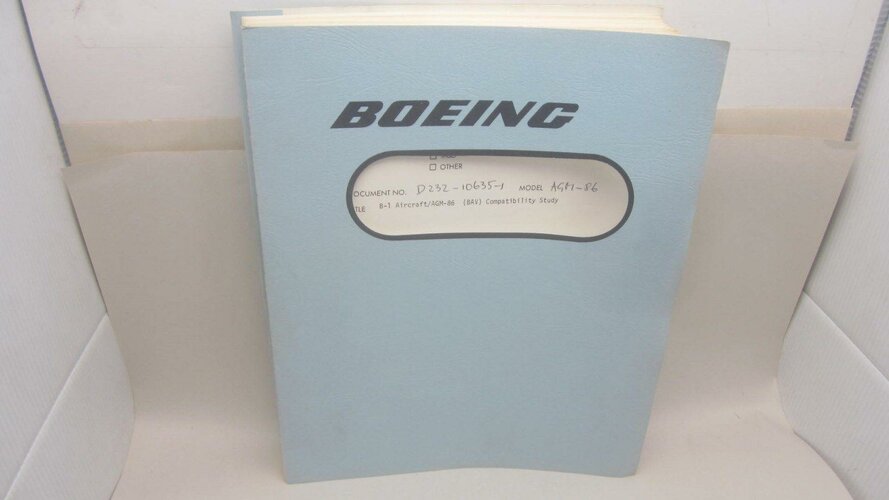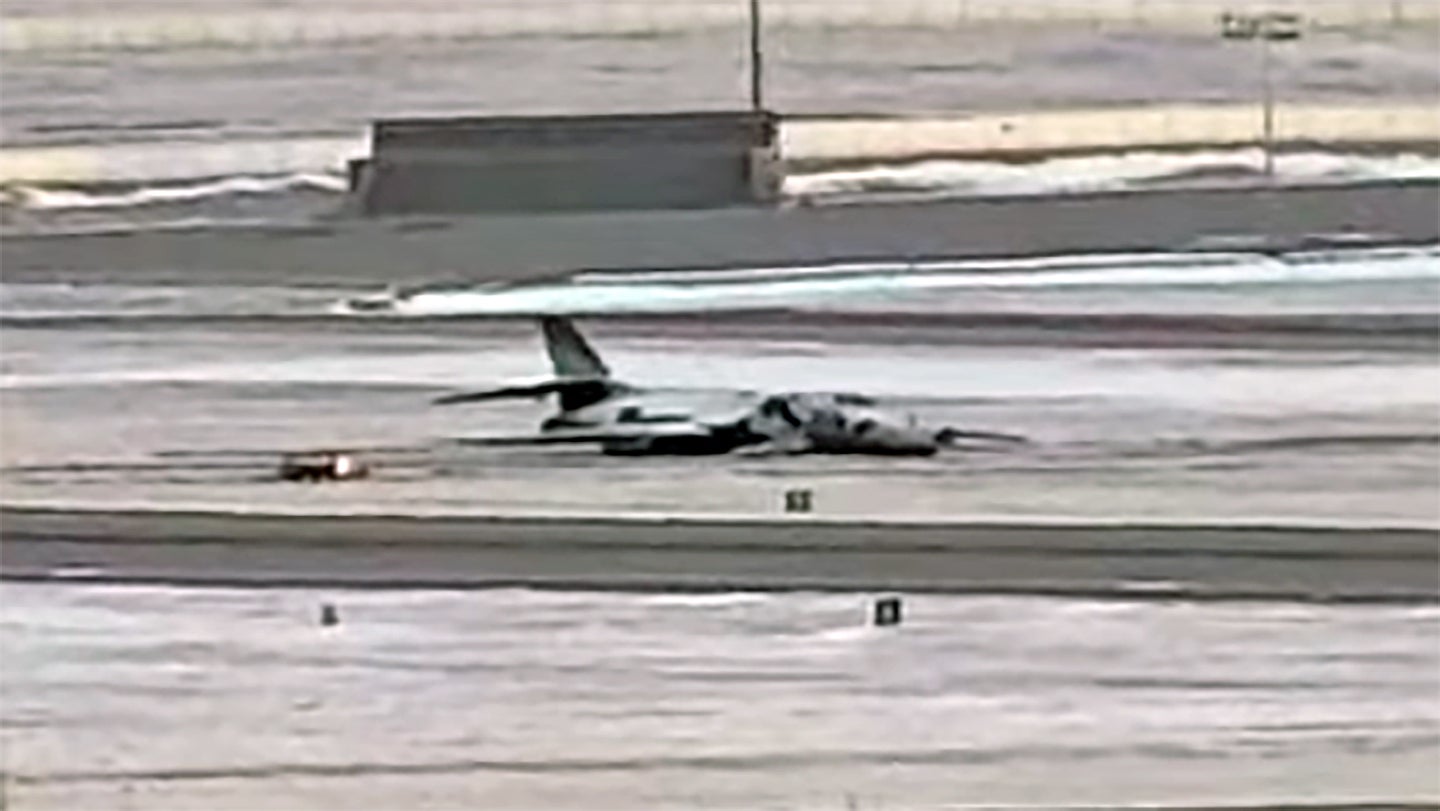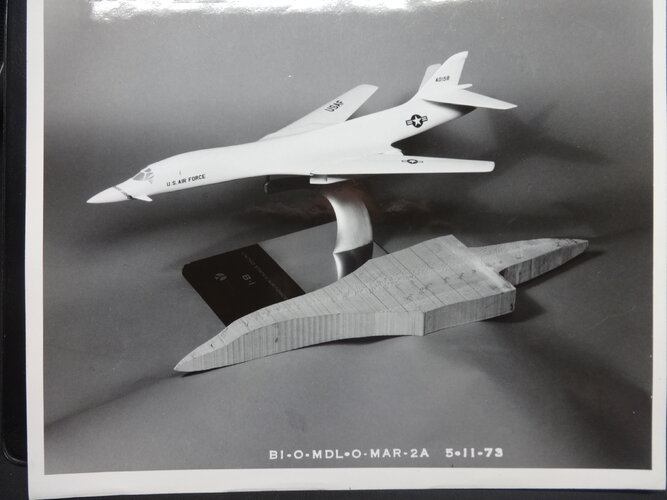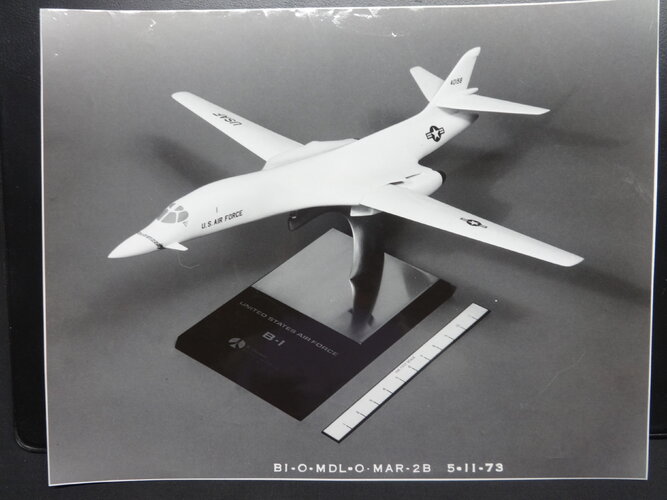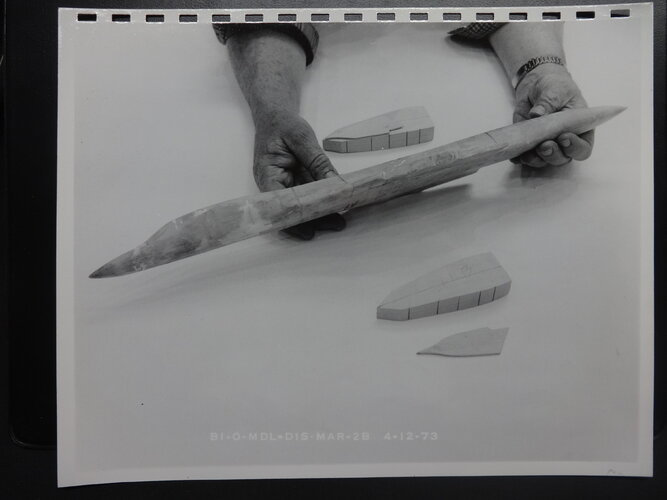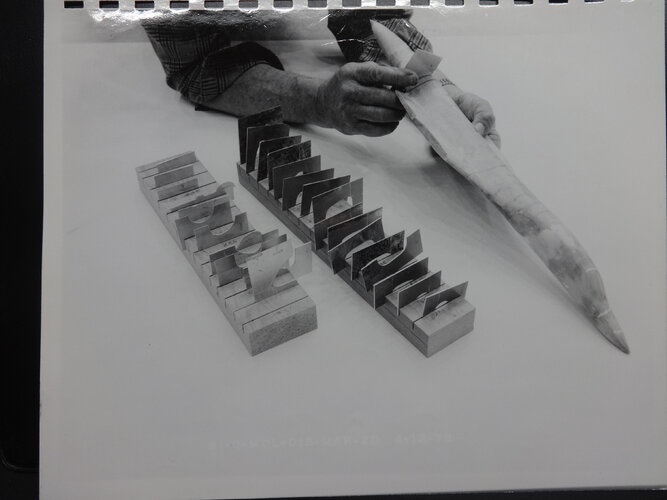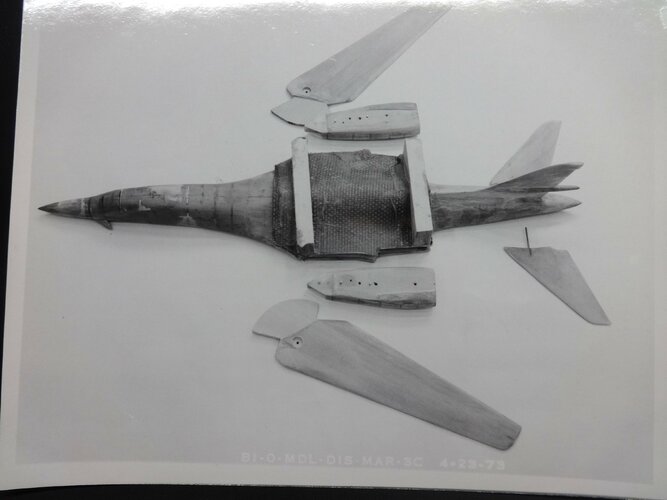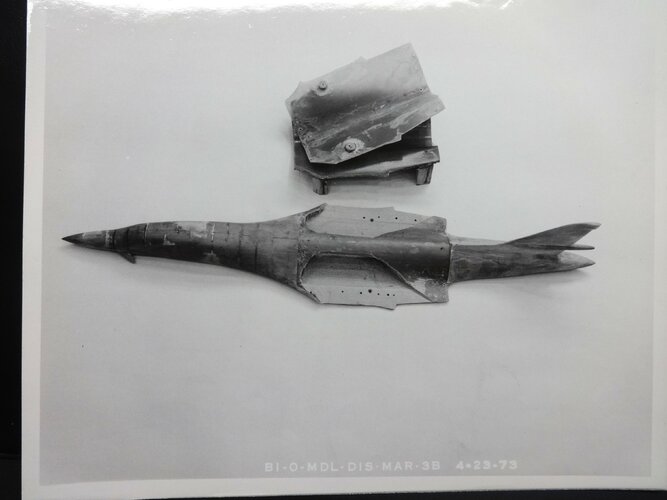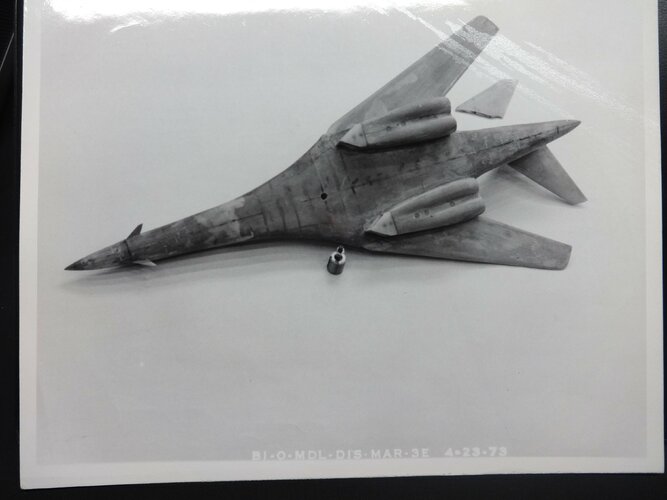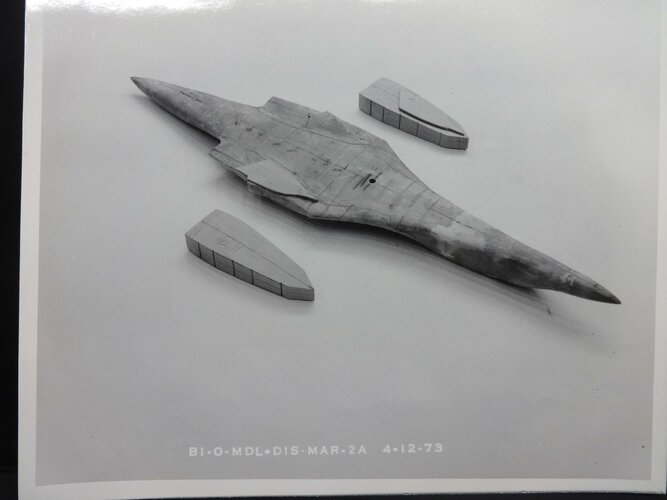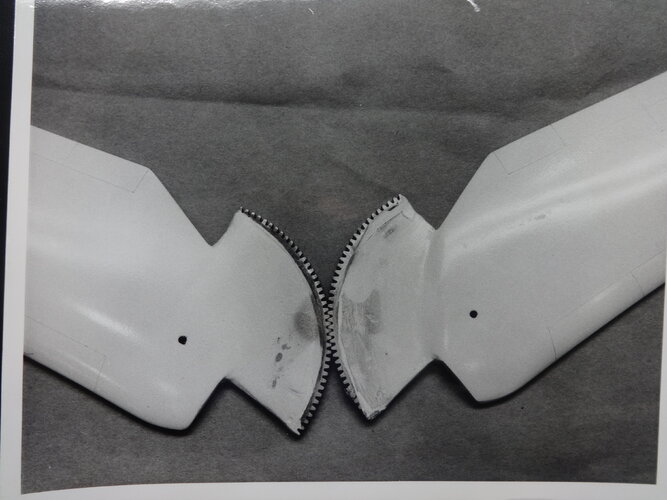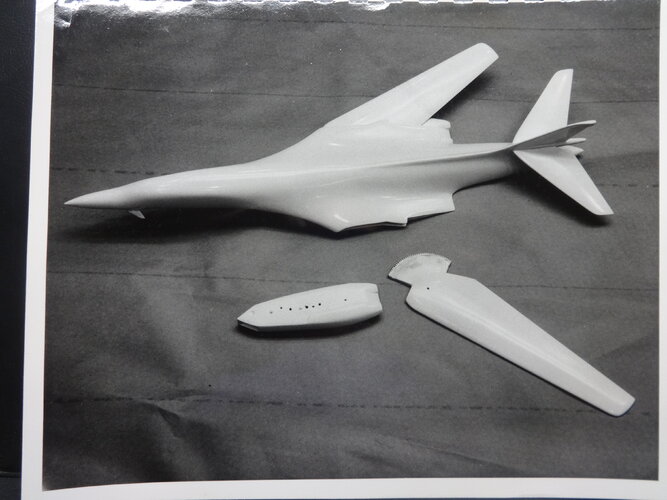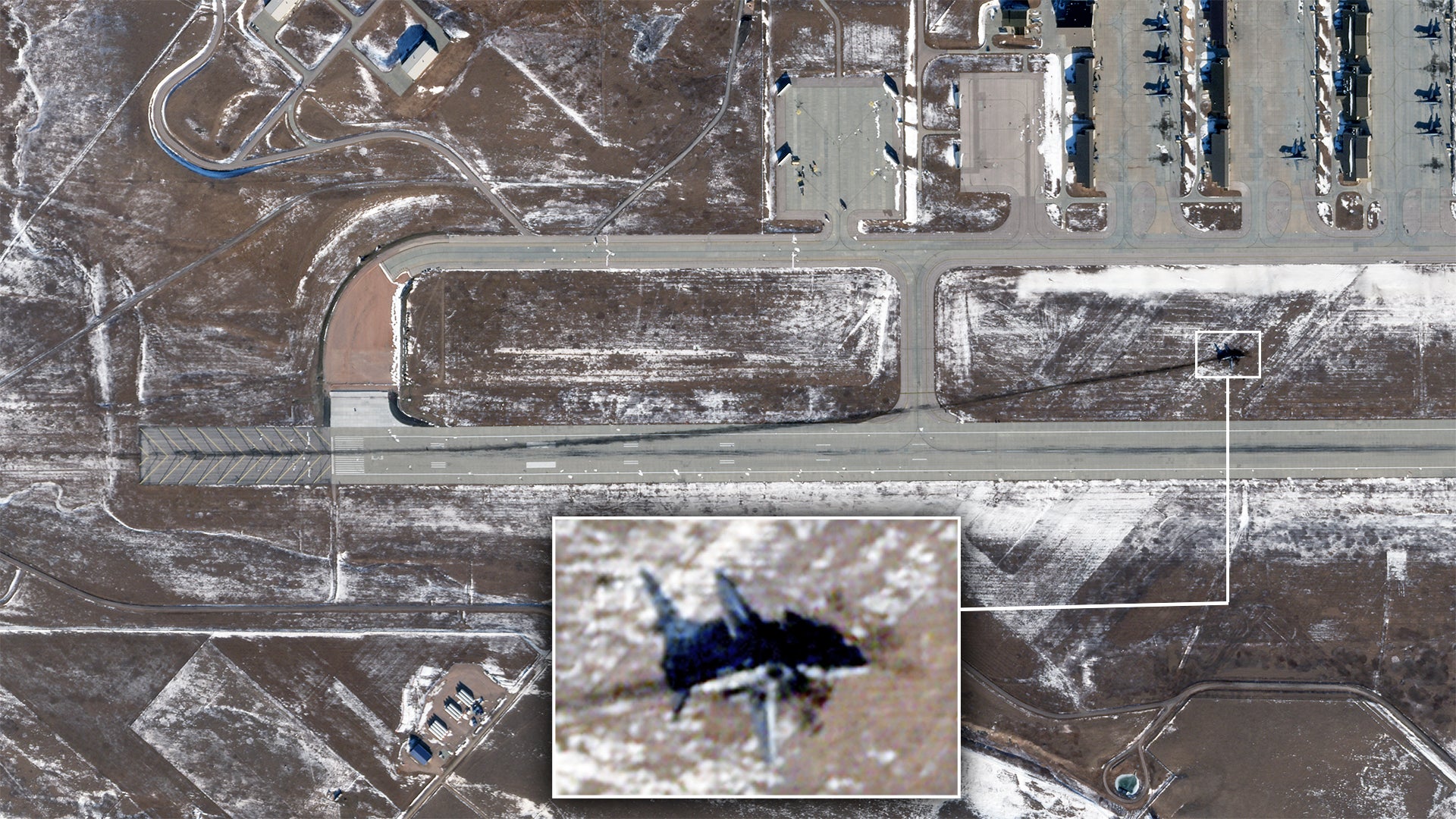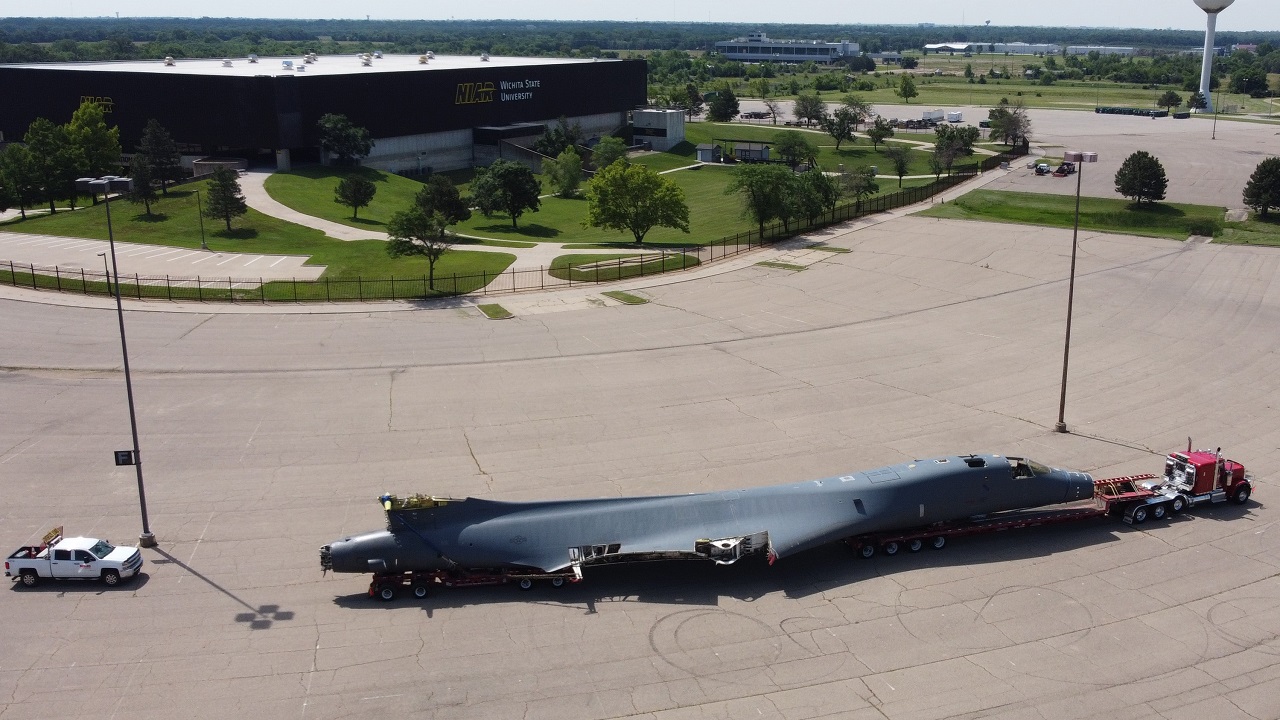Scott Kenny
ACCESS: Above Top Secret
- Joined
- 15 May 2023
- Messages
- 6,041
- Reaction score
- 4,906
Remember that the B-21 still has a nuclear role. I know nobody wants to think about it, but they're intended for penetrating the Russian (or Chinese) air defenses and dropping nukes. So as a bare minimum, we need 2x the number of B-2s produced, increased by the flightworthiness % of both B-2s and B-21s, just to cover the existing SIOP demands. Replacing B-1s with B-21s, we need 3x the number of Bones, though that's for conventional bombing only. Replacing B-52s with B-21s, we need roughly 2.5x the number of Buffs, and even then I don't think the B-21's bay can hold ALCMs.Realistically what target could possibly require that much ordnance? Particularly when you factor in SDBs, it seems to me the B-21 hits a sweet spot in terms of payload. The B-1/2/52 fleets were built with nuclear payloads in mind. The B-52 started with a small number of truly huge weapons (B-41/53's or external loads like Hound Dog) and graduated to smaller weapons but more of them used for rollback of defenses (SRAM). B-1 pretty much followed in those footsteps. But if we are talking about pasting a target with cheap conventional weapons, it is hard to image a scenario where more the 40 mk82s or ~100 SDB I/II wouldn't get the job done.
There won't be a B-1 replacement and I suspect when the B-52 is replaced it will be with something smaller and more numerous that can be more easily dispersed, not larger and more expensive.
So make more external pylons? Replace the belly skin or whatever they did to make the Bones unable to use the externals, replace the wiring with the current smart bomb data bus. While they're in depot doing all that, stuff a quartet of F119s in there instead of F101s, have an extra 5000lbs thrust per engine (F-135s are probably too much oomph).External pylons that are still rendered useless, "by a process equivalent to welding," to quote START (I was an escort for the Bone at DY), that aren't wired (I conducted the final mission to send LCTP out to the fleet) just one pylon for a pod took time, not to mention Seek Eagle, safe separation, P&FQ and then they aren't programmed into the budget cycle.
Even if by some miracle the money magically appeared, and the birds could be modified in a reasonable amount of time it still doesn't address the god-awful performance of putting that much weight and drag on a tired old airframe. I've launched Bones with 24 GBU-31's and over 200 klbs of gas, they barely got off the runway, no way it happens with external stores unless the fuel is massively cut. The jet already has performance issues at altitude without external stores, look up the turn charts in the T.O.B-1B-1 they aren't pretty when the gross weight climbs.
External stores other than the pod are dead and nothing more than fanboy fantasy, with the caveat that one or two test birds in the 419th (my old squadron) may get some type of mod while the B-52's get new engines and radars.
Because the Bones are certified as conventional-only, START no longer applies to them.
And yes, launch light on fuel then tank if you're playing with all the externals.
Because the USAF is going to need every single LRASM shooter it can get if a fight with the PRC kicks off.


